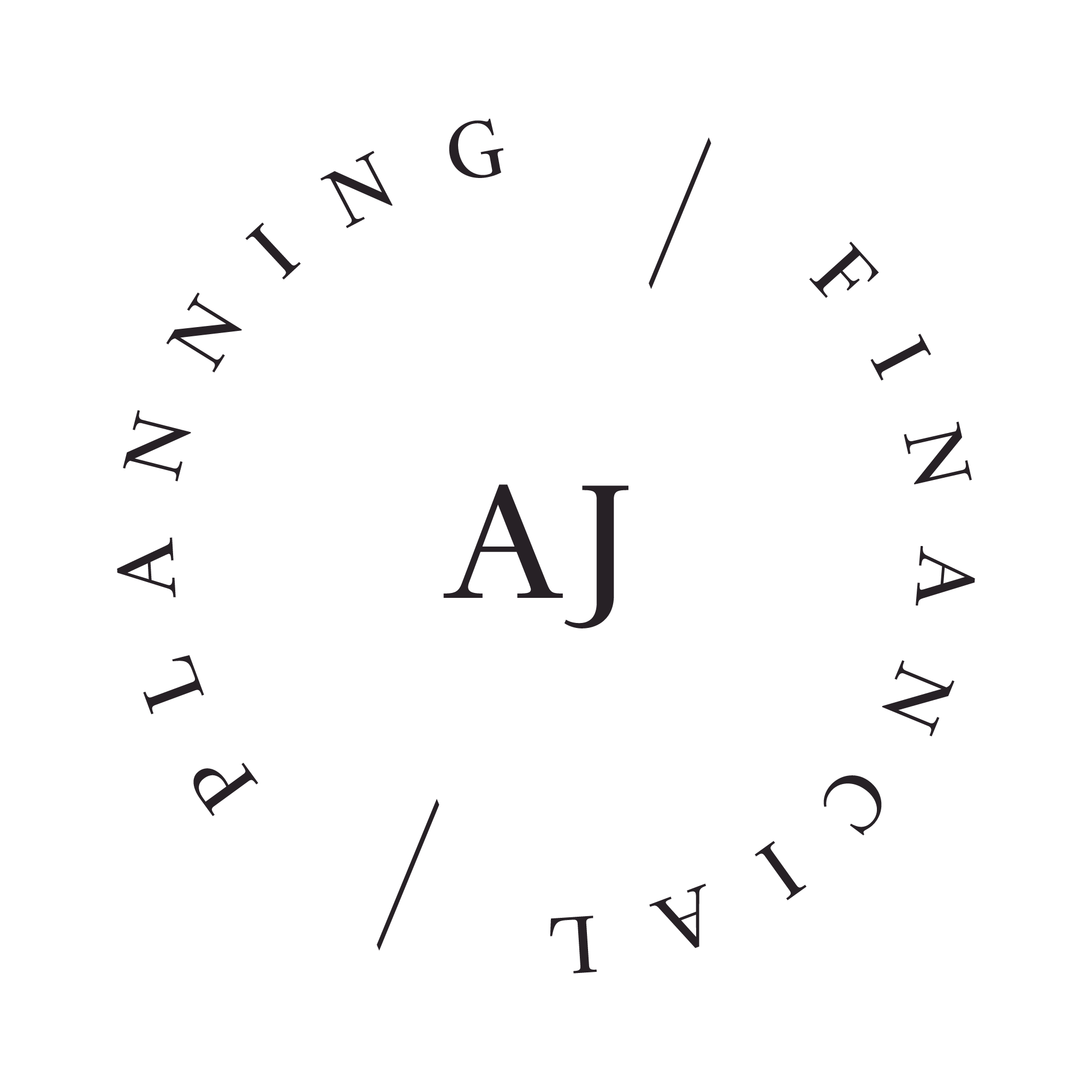Interest Rates…Should I borrow more when they are high or low?
In 1976 the RBA (Reserve Bank of Australia) cash rate was around 12.85% and the average home loan back then was around 15.35% to 17% p.a. Today some 38 years on, things are very different with the RBA cash rate at 2.5% and the average home loan is around 5%. Now in the past 10 years or so the RBA cash rate has not been as extreme. In reality they have floated between 7.25% and as low as just 2.5% more recently. The question I often here is “Should I borrow more when the interest rates are lower?” You could buy things like a bigger home or an investment property, or use leverage for a business or an investment portfolio? Another other option could be to focus more on paying down debt when interest rates are very low. You can pay down debt a lot faster as the interest rate is not as high. Today, interest rates are incredibly low based on historical measures. Regularly I see ads for 0% finance on a new car being purchased. Credit card companies are offering interest free periods and to purchase an investment properties (depending on the yield as sometimes there can be variance) can be close to cash flow neutral if the deposit is large enough. Alternatively, it could be a time to think about renovating the home using debt, or buying a bigger house and borrow more as interest rates are so low. It can be a very tempting time to go on a credit binge! So the questions becomes “Should I take advantage of all this cheap credit?” The answer however like most questions in finance, is a little more challenging. In reality sometimes you want to be acting counter cyclical with the approach you take. This idea is more common place with investing which goes something like this….. when everybody is running for the hills and not wanting to buy shares…you should be buying shares (assuming the asset is close to the bottom). When everybody is going crazy for shares and there is a bubble you should be possibly thinking about selling. So how do you apply this idea to the interest rate questions? Well most crashes generally are based on cheap credit, the lead up to the GFC people were using their homes and the equity in their properties as an ATM machine to buy stuff. When the cheap credit stopped and the equity stalled everything, or in simplistic terms, it literally ground to a hault including consumer spending. So the answer to the above question comes back to the 2 following questions you might ask?
What am I doing with the credit and what am I trying to buy? If I apply a counter cyclical methodology I should really be asking myself is everybody running for the hills or jumping in thinking this is too good to be true?
Can I afford this debt if interest rates rise on this debt to 8% or higher? Today a 1% increase in interest rates would put 25% of the mortgaged population in mortgage stress, you want to make sure you are not in this sinking boat.
Like all difficult decisions it is important to do some complex financial modelling to work out which is the best way to go, and this is where we can help! We can put together a blue print path for you, crunch all the numbers, and work out the best way for you to go. So if you would like to seek qualified Financial Planning assistance and we would recommend speaking with our team at AJ Financial Planning.

